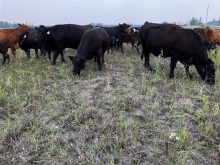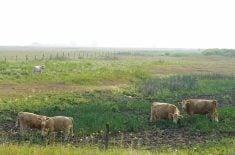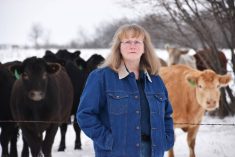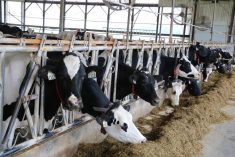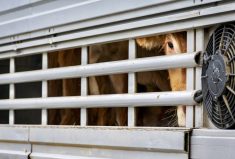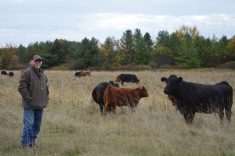Canadian hog producers trying to take advantage of a federal loan loss reserve program say they’ve run up against tough criteria for getting the government-backed loans.
Jurgen Preugschas, president of the Canadian Pork Council, told the Manitoba Swine Seminar in Winnipeg Feb. 3 that fi-nancial institutions appear to be using much the same criteria as before the program was put in place.
The program, including up to $400 million in guarantees offered by the federal government, is meant to allow hog producers to restructure their debt and stretch out their payments over longer terms.
Read Also
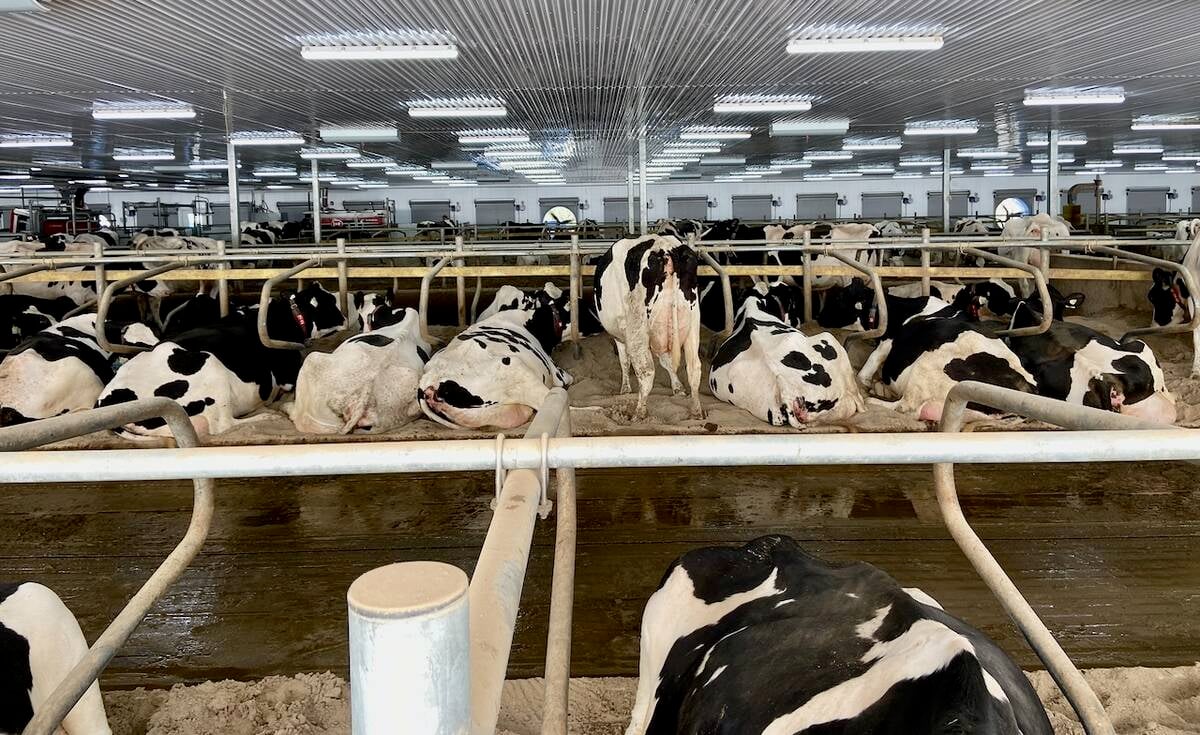
Lactanet moves to monthly on dairy genetic reports
Lactanet is now publishing monthly dairy genetic evaluations, giving dairy farmers more up-to-date data to make breeding decisions.
“It’s been good for those who have been able to access it and it’s close to $300 million now that has been approved under that program and it’s only 113 producers,” Preugschas, a farmer from Mayerthorpe, Alta., was quoted as saying on the hog industry-sponsored program “Farmscape.”
“We expected a much higher uptake … and that’s the part that we’re disappointed in,” he said. “We feel that maybe the financial institutions need to put a higher value on the government-guaranteed portion of the loan.”
As well, producers don’t want to enter the loan loss reserve program only to have to pay off outstanding cash advances under the federal Advance Payments Program, as a first requirement for the funds.
Essentially, producers in the loan loss reserve program must choose to take a loan that is 100 per cent guaranteed by government (the APP advance) and replace it with a loan that puts some of the risk with the lender, he said.


